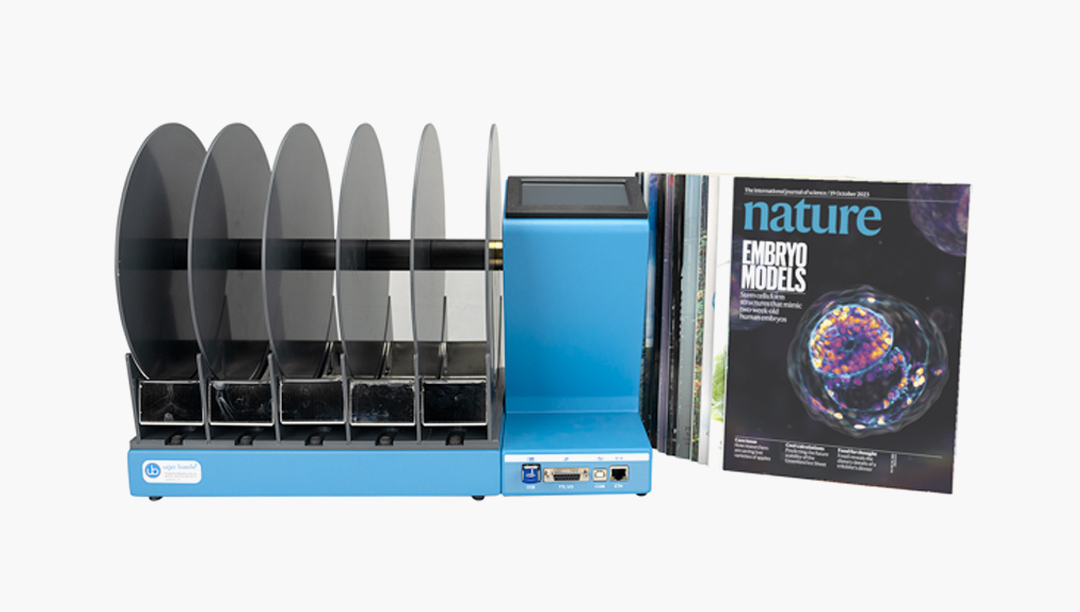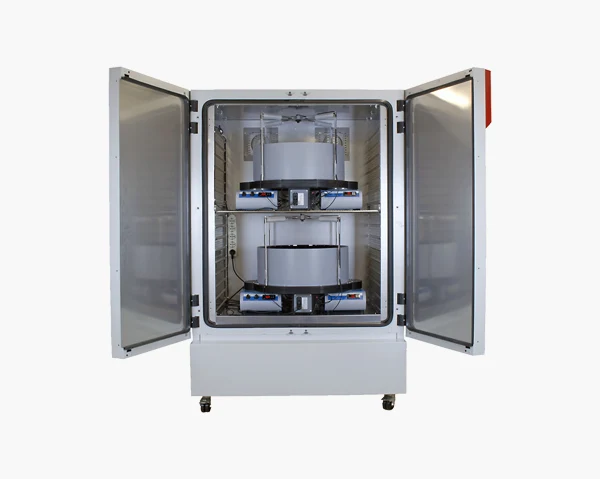5-Min Read on RotaRod

Much has happened since in 1957 Dunham and Miya published on Journal of the American Pharmacological Association the paper “A note on a simple apparatus for detecting neurological deficit in rats and mice”. That “simple apparatus” has been one of the most effective inventions in Animal Behavior with an incredible impact on science with more than 4,000 citations if searched on Google Scholar.
The goal of this first edition of the Ugo Basile format “5-min read” on animal behavioral sciences is to give an overview and an example of the variety of applications in which the RotaRod has been used since its inception. The intent is not to provide procedural information for which we may produce new documentation even though a vast literature is already available.
The early days of RotaRod
Since the early days, it was clear that the RotaRod was a sensitive test above-all for motor coordination and in-coordination in rodents (Jones and Roberts 1968, "The quantitative measurement of motor inco-ordination in naive mice using an accelerating rotarod", Journal of Pharmacy and Pharmacology).
Ugo Basile was the first company to produce in the early 60s and industrial version of the Rotarod and, still, the category in which we put the RotaRod in a behavioral test battery is “motor function and motor coordination”. While the first refers to general motor performance including strength, and in general the ability to execute purposeful movements, motor coordination is a slightly more specific conceps even more tightly related to the RotaRod task to measure the harmonious functioning on the muscles and limbs to produce smooth and efficient movements.
Motor coordination is a complex process and involves several areas of the brain about which the RotaRod can provide insights: from the cerebellum, to the basal ganglia, the motor cortex and several others. In the early days specific lesions to these areas would precede the RotaRod task. Nowadays, it is more common to use molecular or chemical tools but the goal is the same: investigating the basic mechanisms and the opportunities in terms of treatments for disease like:
-
Parkinson's Disease
-
Ataxia
-
Huntington's Disease
-
Traumatic Brain Injury (TBI)
-
Spinal Cord Injury
-
Multiple Sclerosis (MS)
-
Amyotrophic Lateral Sclerosis (ALS)
-
Drug-Induced Motor Impairments
-
Genetic Disorders
-
Aging-Related Motor Decline
RotaRod Today
What we want to highlight in this concise reflection on the RotaRod as an extraordinarily flexible research tool is how much, through the years, it has become an almost indispensable part of a behavioral test battery for a plethora of applications, so that scientists who may not be specialized in motor areas, may reflect on if and how the use of the RotaRod could contribute to their research.
As a practical and actionable example of this we reviewed recent (only 2023-2024) and high-level publications (only on Nature) and report a list below for the most diverse applications.
Hope it’s useful!
Federico Montechiaro, Ugo Basile
Ugo Basile RotaRod on Nature 2023-2024
Pain drug discovery: https://www.nature.com/articles/s41467-023-43718-w
Cognitive performance: https://www.nature.com/articles/s42255-023-00835-6
Aging and inflammation: https://www.nature.com/articles/s41586-023-06621-4
Brain development: https://www.nature.com/articles/s41467-023-41502-4
ALS and other neurodegenerative diseases: https://www.nature.com/articles/s41593-023-01496-0
Autism and epilepsy: https://www.nature.com/articles/s41467-023-39203-z
Cognitive deficits: https://www.nature.com/articles/s41593-023-01326-3
Obesity and food disorders: https://www.nature.com/articles/s41593-022-01208-0
Memory: https://www.nature.com/articles/s41531-023-00520-1
Parkinsons: https://www.nature.com/articles/s41467-023-41539-5
Epilepsy: https://www.nature.com/articles/s41467-023-43475-w
Cognition and epilepsy: https://www.nature.com/articles/s41467-023-37249-7


